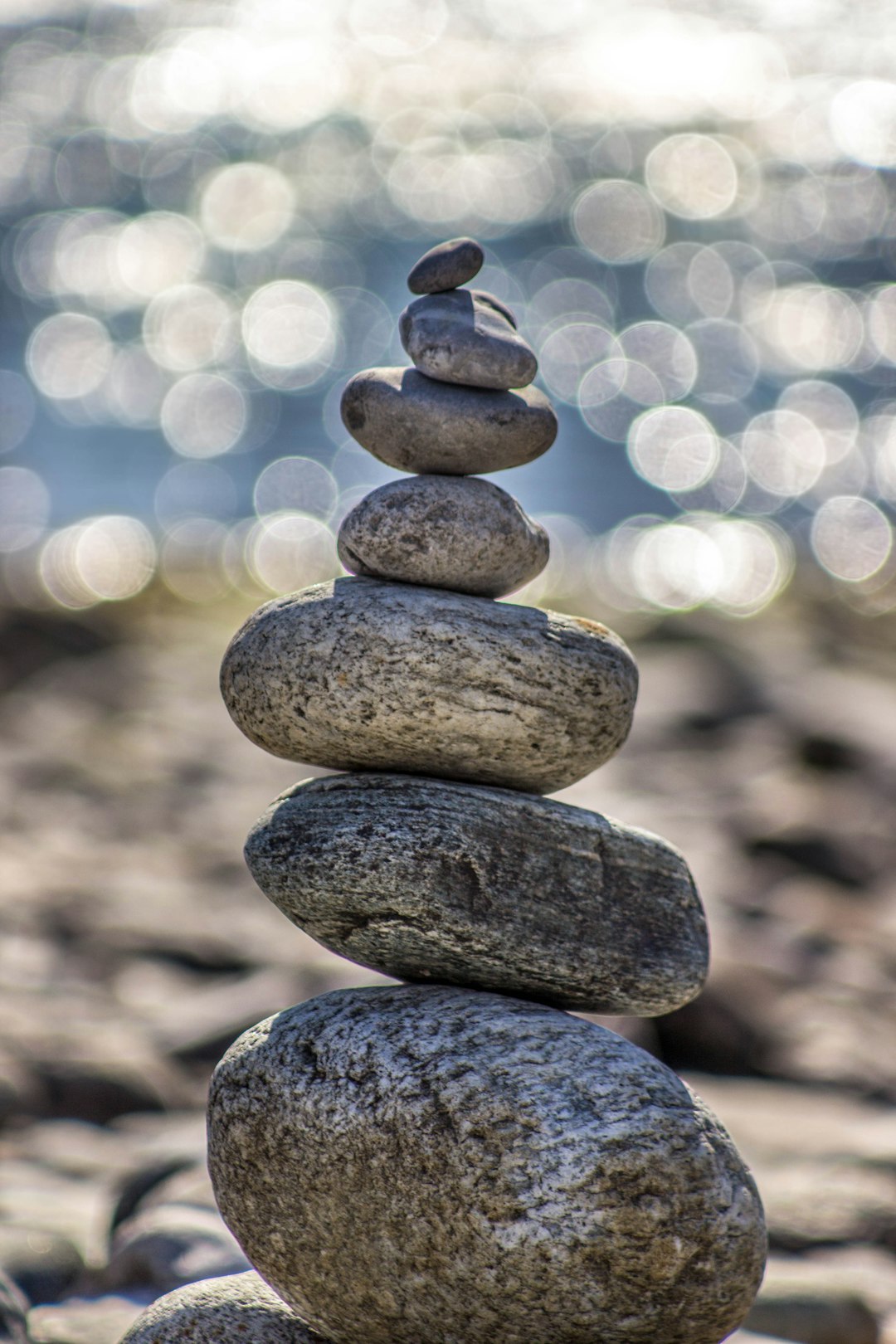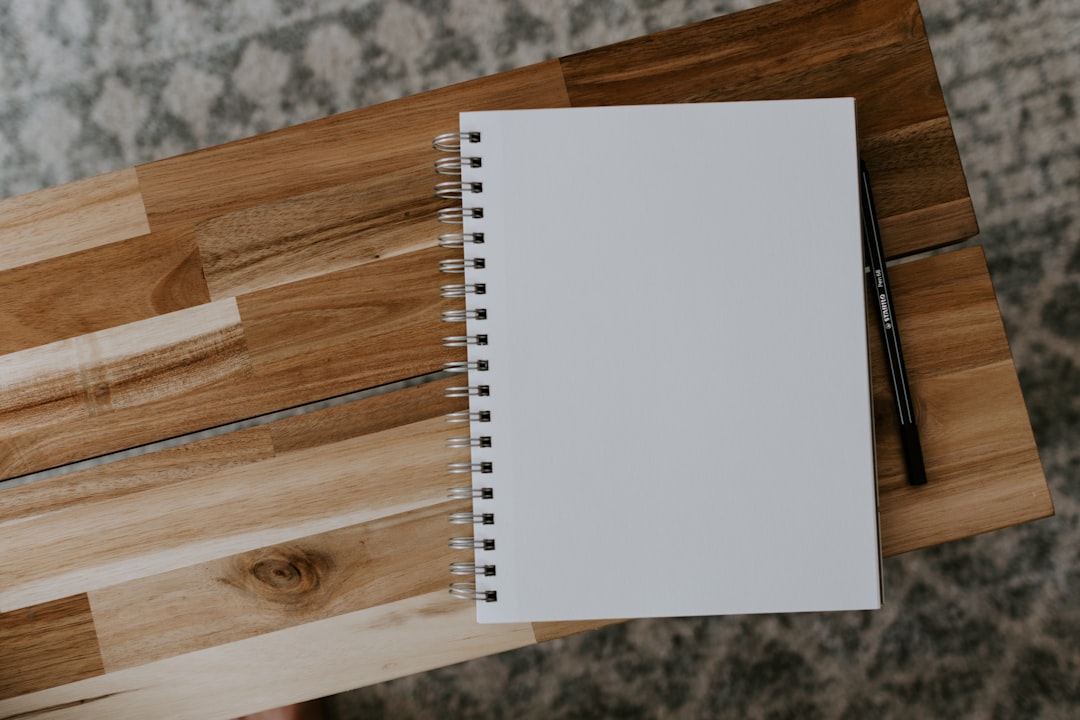Ever checked your bank account at night and saw a number staring back at you? That’s your end of the day balance! It’s not just a random number; it tells you how much money you have at the end of a business day. Let’s break it down, nice and easy.
What does “end of the day” mean?
Banks and businesses usually operate on a “business day” schedule. When they close their doors, they take a snapshot of your account. That snapshot is your end of day balance. Think of it like a daily selfie of your bank account.
Why is it important?
Your end of the day balance is used to:
- Calculate interest
- Track spending
- Confirm transactions
- Prepare statements
It’s like balancing your piggy bank before going to bed.

How is it calculated?
Let’s imagine you start the day with $100 in your account. Throughout the day, you make a few moves:
- You buy lunch for $20
- You get paid $150
- You pay your phone bill for $30
At the end of the day, your bank does this:
- Starts with your balance from the morning: $100
- Subtracts money you spent: -$20 – $30 = -$50
- Adds money you received: +$150
Your end of the day balance = $100 – $50 + $150 = $200
Nice and simple!

Does it include pending transactions?
That’s a great question. The answer is… sometimes.
If a transaction is still pending, it might not show up immediately. So your actual money might be different from your end of the day balance. Think of it like writing a check and forgetting about it – the funds are still yours, for now.
Who looks at end of the day balances?
Many people and systems care about this magic number:
- You – to know how much money is left
- Banks – to calculate interest and fees
- Accountants – to prepare financial reports
- Apps – to track your budgeting
It’s the heartbeat of your financial life!
Is it the same as available balance?
Nope! Your available balance is what you can spend right now. Your end of the day balance is the snapshot after all transactions (posted ones) have been processed. So don’t get confused!
How can you check it?
You can check your end of day balance by:
- Logging into your banking app
- Reading your monthly statement
- Visiting your bank in person
It usually shows up with a specific date next to it. That tells you which day it’s for.
Fun fact: Some banks also call it “closing balance.” Sounds fancy, right?
Why should you care?
Understanding your end of day balance helps you:
- Avoid overdraft fees
- Plan your spending
- Save money smarter
It’s like checking the scoreboard at the end of a game. You know where you stand and how well you played!
Final thoughts:
The end of day balance is simple but powerful. It tells your money story one day at a time. Keep an eye on it, and you’ll always be in control of your finances.
So next time you see that number at night, give it a little nod. It’s your financial reflection for the day.
Stay money-wise and balance proud!



